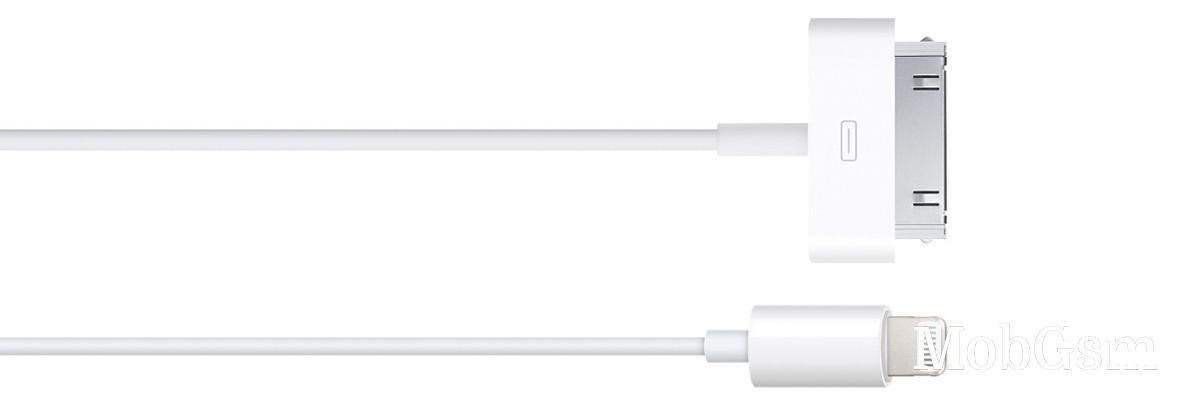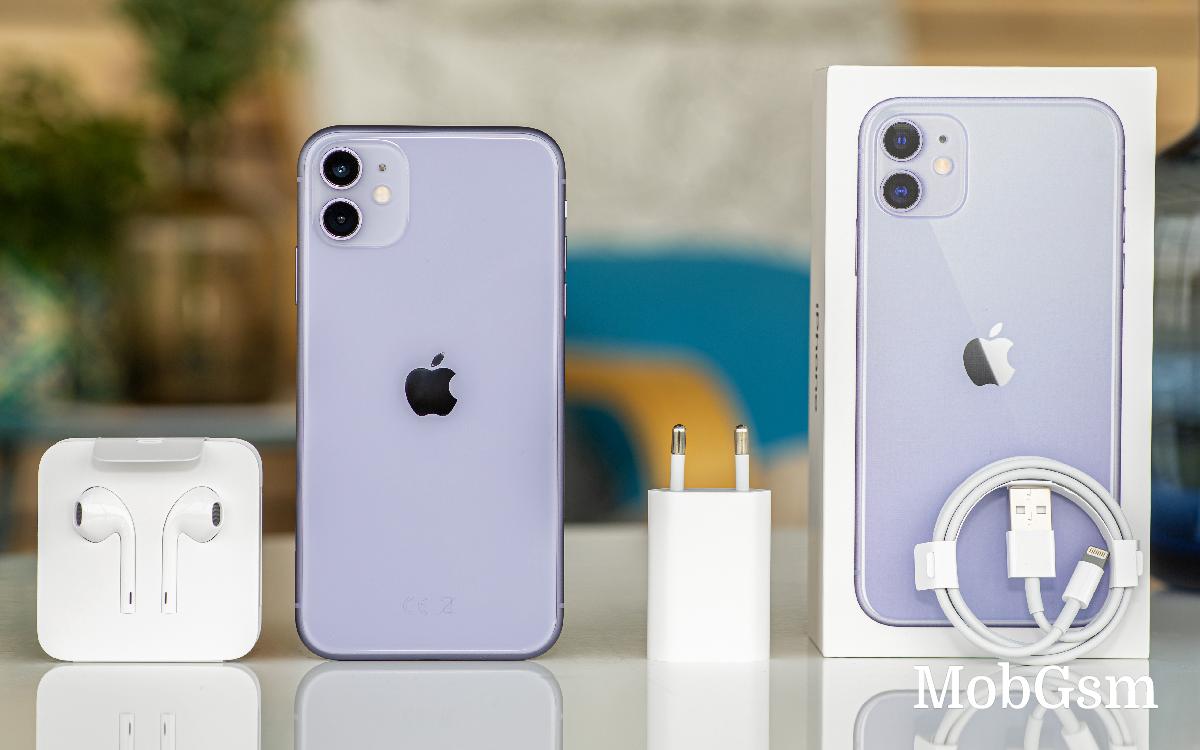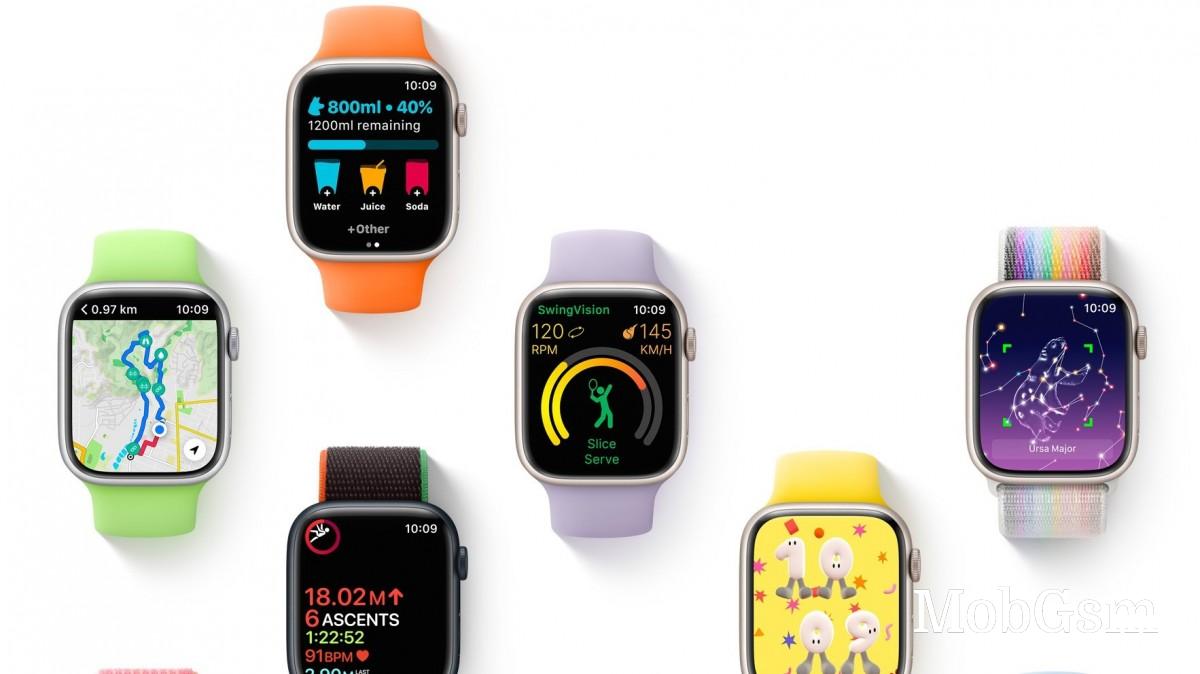Apple will tout the USB-C switch as a boon for users, but internally it is worried

After years of arguing against EU’s push for a common phone charger, Apple will finally make the switch to USB-C this year. Bloomberg’s Mark Gurman predicts that the September 12 event will present the change with a smile, focusing on the benefits to consumers that this brings – but there is some worry behind the scenes too.
The obvious things are losing the revenue from MFi licenses and apparently Apple execs are worried about another backlash from fans like when they first introduced the Lightning port (and removed the established 30-pin connector that was ubiquitous on many accessories).
 Some people were upset when Apple dropped the 30-pin connector
Some people were upset when Apple dropped the 30-pin connectorThere’s more – Apple is worried that if users have accessories that are cross-compatible with Android phones, they will be more likely to jump over the fence of Apple’s walled garden. Gurman gives iMessage as an example – Apple could add RCS support and make iOS-to-Android messaging much better, but then people won’t be chained to iOS as much as they are now. Also, remember when FaceTime was going to be open source?
Apple will be including USB-C cables with the new iPhones, but it hasn’t included a charger in the retail package starting with the iPhone 12. The last generation to have charger bundled was the 11 and that one was a USB-A power brick (the same as previous generations). So, if all you have is an iPhone 11 and some AirPods, then you might not have a USB-C charger to plug your new phone into. Apple will be wise to offer enough Lightning to USB-C adapters for consumers who want to continue using some of their old accessories.
 The iPhone 11 was the last to be bundled with a charger, a USB-A charger
The iPhone 11 was the last to be bundled with a charger, a USB-A chargerGurman also reports that Cupertino is looking at metal 3D printing to speed up the manufacturing of device enclosures. Besides being faster, this will also be more sustainable as it wastes less material – current enclosures are milled out of solid blocks of metal, which creates a lot of waste material.
The Apple Watch Series 9 will likely be the first product to use 3D printers and their enclosures will be printed in stainless steel. If it works out well, Apple will then transition to titanium for the Watch Ultra next year. Titanium is, of course, the new material for the enclosures of the iPhone 15 Pro models, so a success at a small scale could enable Apple to switch its larger devices (iPhones and even iPads) to 3D printed parts.

Speaking of iPads, Apple is working on an more premium Magic Keyboard for its tablets with a larger trackpad and an aluminum top case (similar to MacBooks).
For more, check out Mark Gurman’s newsletter.











